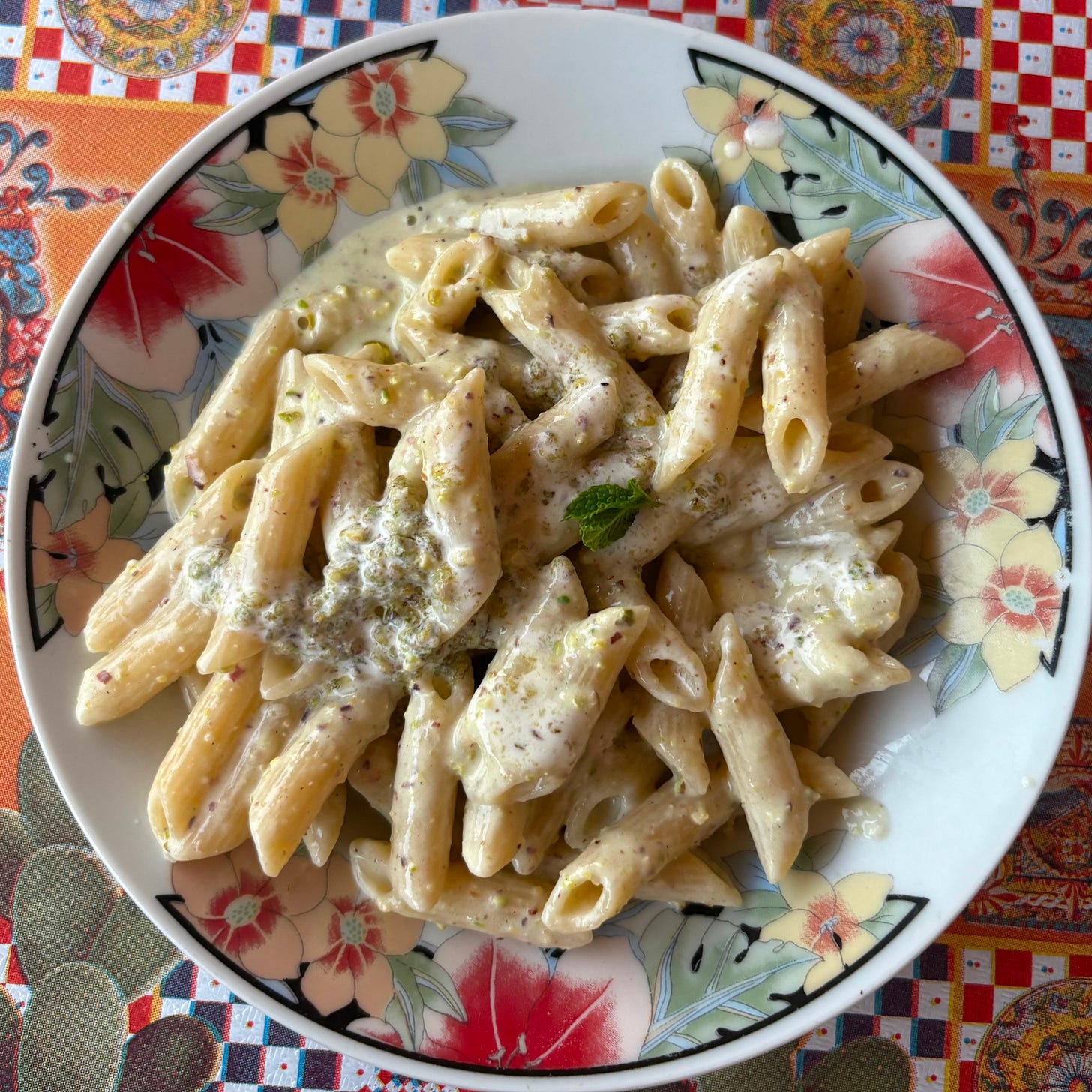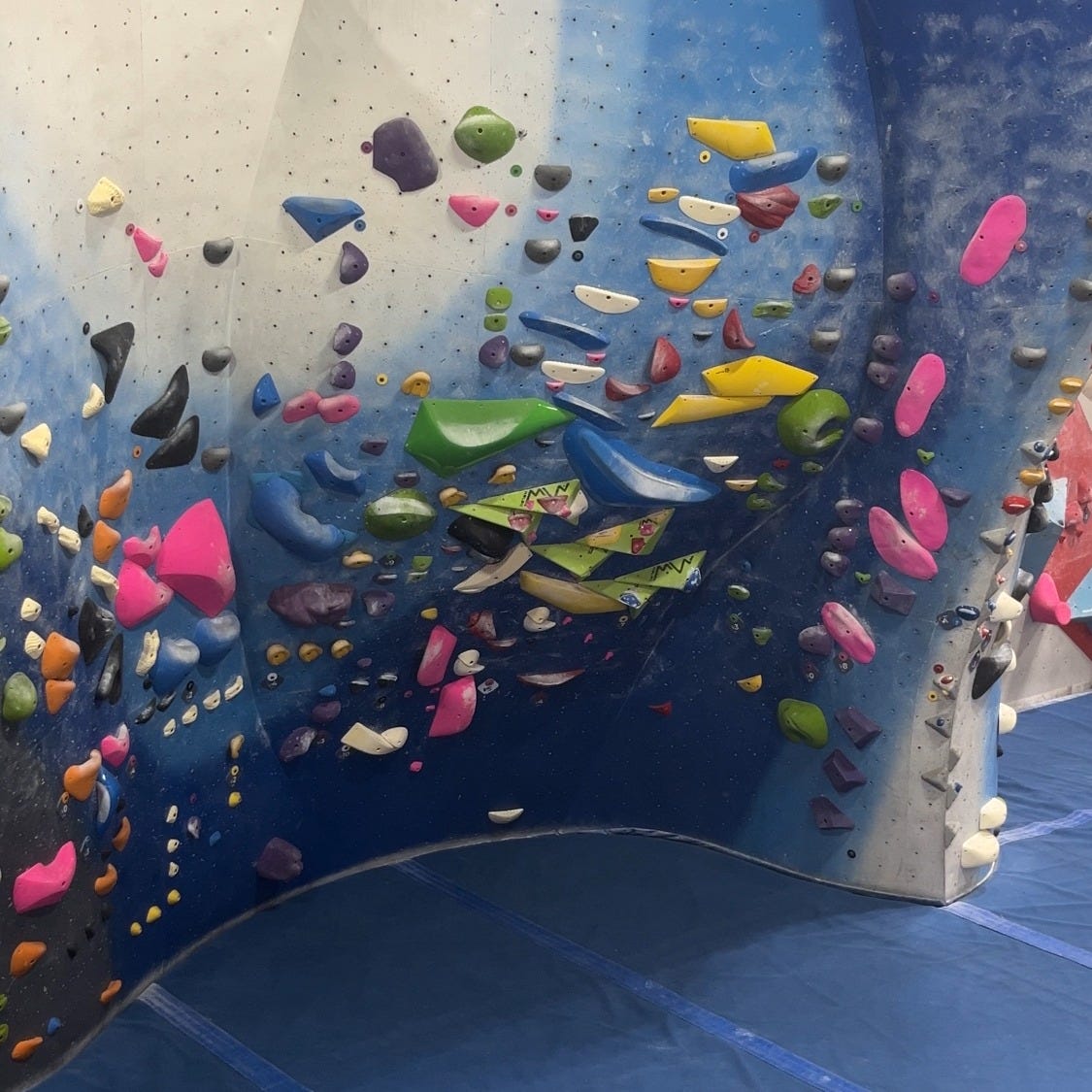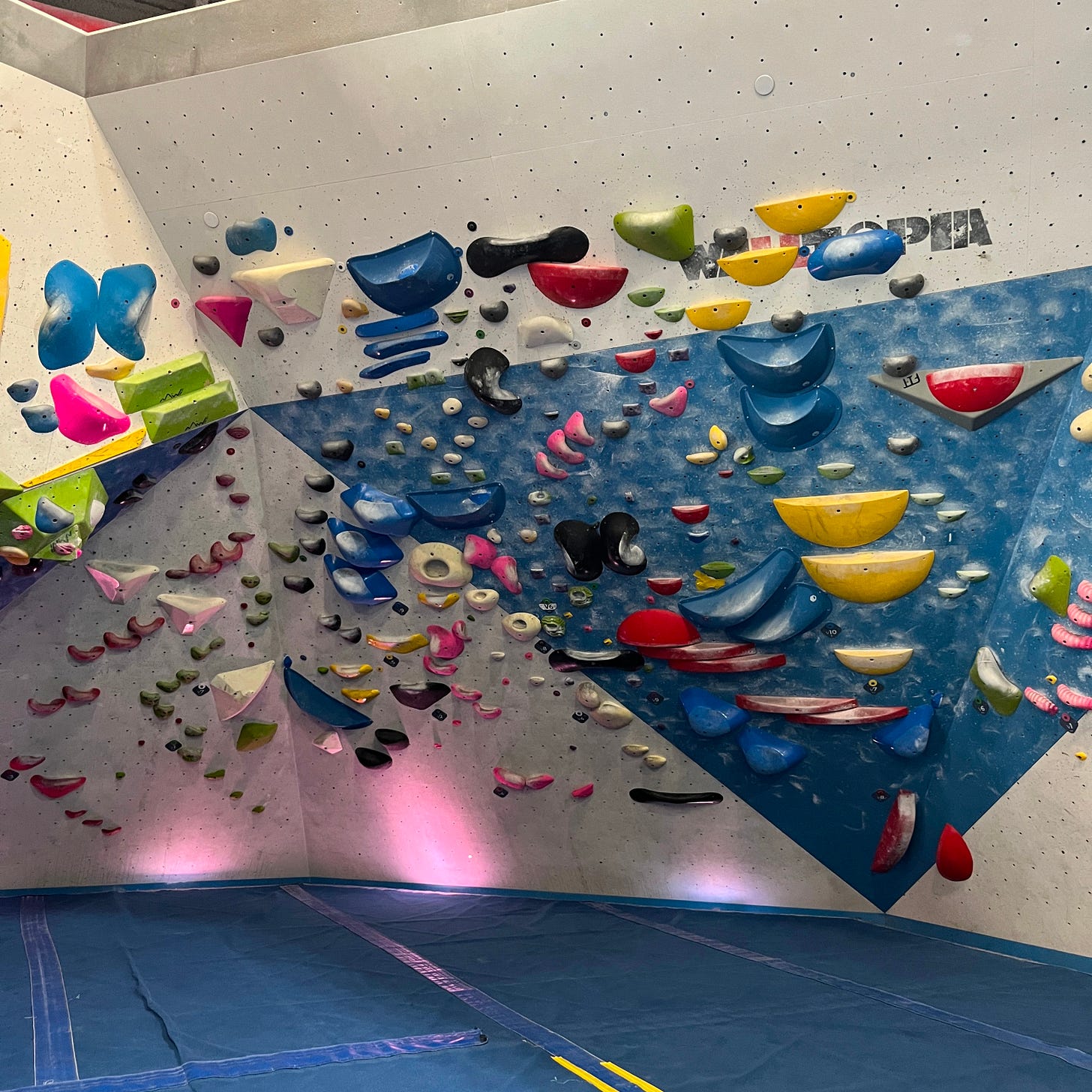Cassie and I went on a trip to Sicily earlier this summer and to say we relished it would be an understatement. This was my first time in Europe, and my first time experiencing a leisurely culture that many of my friends said would be the best part for me. A pastry on a slow morning, sandwiches by the beach in the afternoon, capped by dinner and drinks in the street late into the night. A routine that is unbothered, unhurried, screenless (mostly), and above all, simple.
The food was often no more than a few ingredients, but some of the best I ever had. The only activity at the beach is alternating sunbathing with a dip in the sea. The nightlife is spent sitting around a table with friends, drinking, eating, and bullshitting until late. The contrast to New York is that there isn’t any excess. Life doesn’t need to be grandiose, it is simply focused on what is.

As soon as we deplaned at JFK, the excess came back in droves. Noise, people, advertisements, spending, and consumption all before boarding the Jamaica Airtrain to head back home. Leaving the city and coming back is always a shock, but this time felt more abrasive.
Cassie and I talked about ways to preserve our newfound Sicilian lifestyle. Farmers market trips, music when cooking dinner, not hesitating to go out for the impulsive drink, and keeping up with our new favorite card game, scopa, are a few things we are still practicing since our return. Applying this in my personal life was achievable, but could I extend it even farther into work?
Overconsumption is LIC’s Style
We have spent years at LIC trying to develop something that is distinct from other gyms. I am proud of what we have achieved, but it is rooted in overconsumption of holds. Before I started writing this, I wasn’t even sure where it stemmed from. After a bit of reflection, I realized it was my experience in my early years of routesetting that lead to the “LIC Style.”
I started setting at New Jersey Rock Gym around 2009/2010. I don’t want to get into too much of a rant about how routesetting was different at this time. It was quantity focused, holds were taped, there were barely any macros or volumes, and you were heavily restricted at most gyms by concrete walls.
My first head routesetter was not much of a mentor, but more of an enforcer. Holds couldn’t be too close together, no dynos, use larger holds to match (not two single handers), macros had to be utilized by multiple routes/boulders in multiple ways, the list goes on. It wasn’t enjoyable. I ever so fondly remember when I hoarded enough holds of the same colors to set a rope station monochromatically, and was promptly asked to come in and strip and reset it the next day. I hated rules, and I didn’t understand why there were so many of them.
When I started as a routesetter at LIC I finally had resources and someone that supported me in using them (thank you, Ivan). All of the rules went out the window. The team was full of unique personalities and setting styles, and while it wasn’t a complete free-for-all, we had a lot more room to play and stand out.
I wanted to stand out. I took concepts that I saw from my peers and I pushed them as far as I could. Clustering, stacking, jibbing, blocking— I wanted people to come into the gym and know every route I set by looking at it. My style became getting as many holds on the wall as possible while keeping (most of) them functional for the route. I was done setting the simple routes I hated at New Jersey Rock Gym. Visual and physical complexity was the next step.
Once I became head routesetter at LIC, I had finally cemented my style, but now I had to translate it to the team. This didn’t happen overnight, but years of tweaking, forerunning, and not compromising on our product got our crew swimming in the same direction. There is a cohesive style throughout the gym and that's an accomplishment I’m proud of. People know us for it, love us for it, and sometimes hate us for it (which means we’re doing something right). I had never thought it would be any other way, until I came back from simplicity-maxxing in Sicily.
The Return to Rules
Remember when I said I hated setting when I had rules? I decided to change that (a little bit).
There has never been an emphasis on rules in our team. I believe that outside of basic safety and tool usage practices, setting should be freeform. It takes time for a team to be able to work without a specific ruleset because it requires constant communication, adaptation, and empathy. If a team member is psyched on an idea, they should go for it. If they fuck it up, they learn and get better at it for the next time. If this cycle is denied them, it takes longer to improve skills and confidence.
Our team has put in the time to build confidence, learn skills, and get comfortable. We produce a product that is recognizable and we can continue to reproduce it because of practice. But are we getting too comfortable? We engage in our setting style as routine, screwing holds on top of each other, smashing them together, and creating an overwhelming conglomerate on the wall.
What’s the one rule that could change that? A hold limit.
A challenge? A restriction? A burden? How would this be received? I wanted things to be more concise, clean, and simple.
The first boulder zone we set after my return from simplicity wonderland was BPC, one of our worst zones due to the curved fiberglass walls and harsh corner angles. On our planning board I wrote our new rule in the sidebar: “10 hold limit”. After explaining a bit of my reasoning, the team was on board. They viewed it as a challenge, rather than a restriction. Additionally, we tried to fit as many boulders in the zone as we could with this new (to us) low hold count rule.

This limit was designed to be a guideline rather than a hard rule. It changes your approach in what holds you pick, what movements you’re setting, and how you budget resources. It doesn’t restrict the things that are critical, creativity and ownership. You are still able to execute your visions, but you have to be more concise and thoughtful on your way there.
If you are wondering, this was not strictly enforced. If setters went over 10 holds, the boulders weren’t tweaked to meet the limit. However, it almost turned into a competition between all of us to keep the hold count low. There were also exceptions for easier boulders, or boulders that started super low on the wall. This was not designed to be a rule that jeopardized climber’s experience with equity.

Is It Working?
We’re working on it! We’ve done nearly two rotations like this and I think it has been improving. Admittedly, the first rotation was ugly. I think we became too hellbent with getting as many boulders on the wall, which was mostly my doing. This had us trade our visual identity for more density. The climbing was simple and fun, but it was missing a bit of character. The rest of the observations are best listed as pros and cons:
Pros:
Boulders are more focused around a singular move or theme. The hold limit prevents you from trying to do “too much.” The ideas become more direct, with less filler.
Forerunning has been easier as there are less moves, and to my last point, an easier to define main idea. There isn’t as much time spent trying to work out multiple sections.
Setting is quicker. You spend less time in the closet looking for holds and less time putting them on the wall.
The boulders are easier for the customer to sequence- less holds often results in a less perplexing path to the top.
We are able to utilize our hold resources in more areas of the gym, rather than condensing a majority of a set of holds in one spot.
It makes it easier to set at a higher density because there are less holds on the wall.
Routesetting problem solving skills have improved because less holds require you to be more resourceful.
Cons:
The visual identity of the gym is weaker. It is easier for the walls to look haphazard because of less clustering and visually thematic boulders.
Movement can sometimes feel less interesting or similar between boulders in the set.
We have gone too overboard on climb density on certain sets. This can make it hard to see certain holds, or dabby.
It can be restrictive to certain visually thematic ideas that require heavy resources.
Volumes tend to become cluttered with too many holds of multiple colors.
Sure, the pros outweigh the cons by a few, but I don’t feel that the 10 hold rule is necessarily better or worse than what we were doing before – it’s just different. This is a chance to get out of our comfort zone, and prove to ourselves and others that we are capable of more than just one style. Diversifying is a positive.
Will we keep doing this? I’m not sure yet. Our second rotation has gone much better than the first and we are finding more ways to translate our visual identity with this new style. The climbing has improved and the team has been setting a lot of fun, satisfying, repeatable boulders. It’ll take another rotation or two to iron out the kinks and determine if this is the direction to keep swimming in.
Big shoutout to Hans, Blu, Ayman, Patrick, Connor, and Laurent for contributing to, and supporting, the vision.
If you have been climbing at LIC recently, what do you think? Do you prefer simplicity or complexity? Drop a comment, or ask me a setting related question in the chat.








Definitely a refreshing idea. As the newest setter on the team, I felt as though I had to conform to the LIC style (aesthetic hold placement), but with my lack of experience, this didn't always work out well. Trying to balance function and looks on a boulder isn't an easy task when starting off. I think the 10 hold experiment almost forced me into focusing more on movement and function rather than aesthetics, which was great for me!
Looking forward to more experiments/rules (from time to time), they make the setting day really fun!
Personally, I've found I'm more creative when I face a lot of restrictions— being forced to do more with less cracks open an ingenuity that only comes from the pressure of limitations. That said, I do miss the striking aesthetics of vintage LIC setting. Not everyone has style; use it if you've got it.